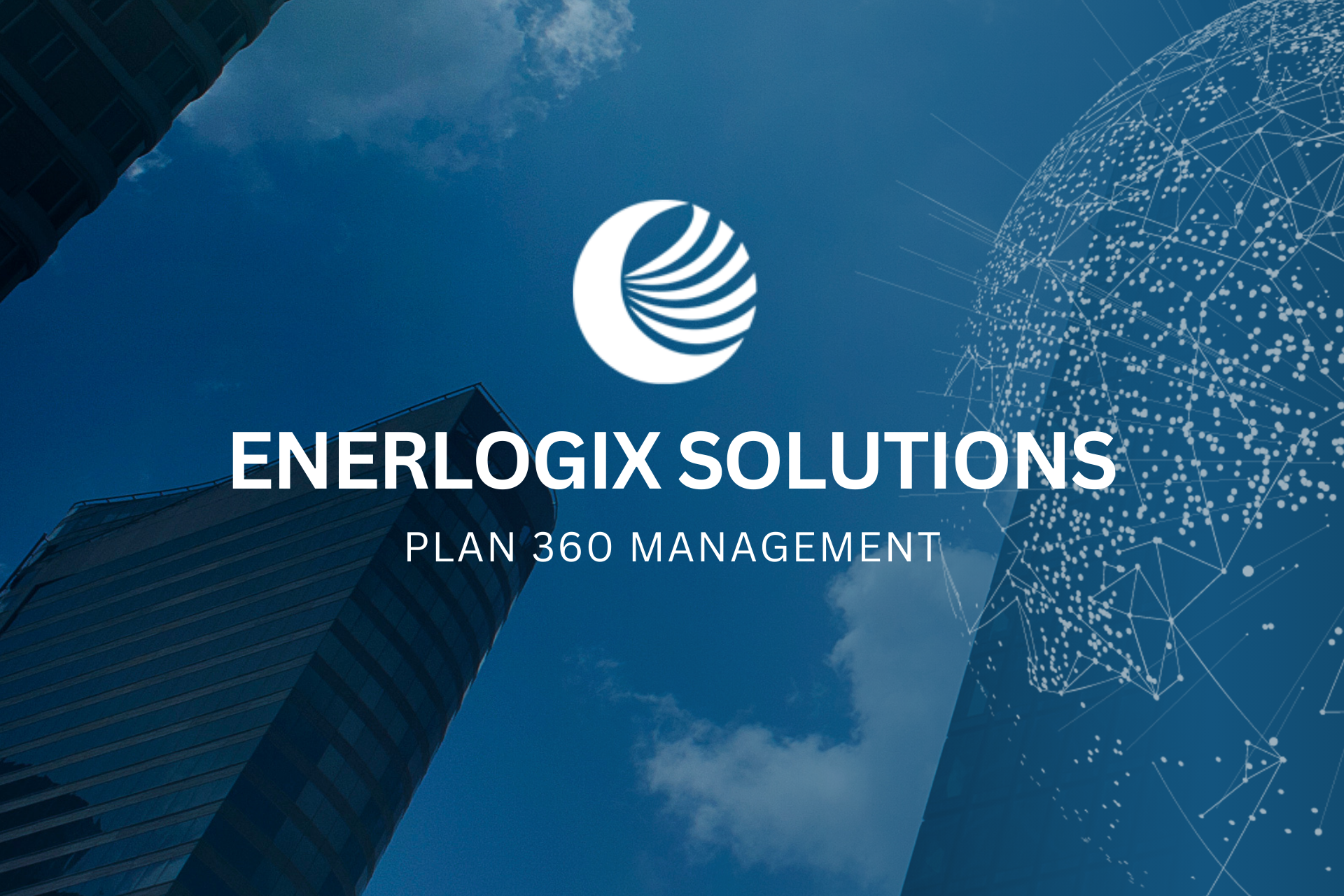What Is Circular Economy and Why Should Your Energy Sector Business Embrace It?
16 de diciembre de 2024
Enerlogix-Solutions
What Is Circular Economy and Why Should Your Energy Sector Business Embrace It?
Introduction to the Circular Economy
The circular economy is a production and consumption model aimed at optimizing resource use and minimizing waste. Unlike the traditional linear economic model, which follows the "extract, produce, use, and dispose" cycle, the circular economy emphasizes reuse, recycling, and the regeneration of products and materials.
History and Evolution of the Concept
The circular economy isn't a new idea; its roots trace back to early civilizations that naturally reused and recycled resources. However, it has gained prominence in recent decades, driven by growing concerns over climate change and resource scarcity.
Key Principles of the Circular Economy
Waste Reduction
One core principle is minimizing waste through strategies such as reducing production waste and designing durable, repairable products.
Reuse and Recycling
Reusing materials and recycling non-reusable products reduces demand for new raw materials and mitigates environmental impact.
Product Design Innovation
Product design in a circular economy considers the entire lifecycle, from material selection to dismantling or recycling, fostering sustainability and innovation.
Circular Economy vs. Linear Economy
The key difference between these models lies in resource management. While the linear economy relies on a "use-and-dispose" approach, the circular economy focuses on keeping resources in use as long as possible, creating a closed cycle to minimize waste.
Environmental Impact of the Circular Economy
Lowering Carbon Footprint
Circular practices can significantly reduce a company's carbon footprint, especially in the energy sector, where energy production and consumption are carbon-intensive.
Conserving Natural Resources
Reusing and recycling materials decreases the need for new resource extraction, helping conserve ecosystems and biodiversity.

Benefits of the Circular Economy for Energy Sector Businesses
Resource Optimization
In the energy sector, circular economy practices extend material lifecycles and reduce the need for new acquisitions.
Lower Operational Costs
Implementing circular practices can lead to long-term cost reductions by minimizing raw material dependence and optimizing waste management.
Enhanced Corporate Sustainability
Adopting circular economy principles boosts sustainability efforts and strengthens corporate reputation, which is increasingly valued by investors and consumers.
Success Stories in the Energy Sector
Solar Energy: Material Reuse
In solar energy, old solar panels are repurposed into new modules, reducing waste and costs.
Wind Energy: Modular Innovation
In wind energy, some manufacturers use modular designs for turbines, facilitating repairs, upgrades, and extended lifespans.
Challenges in Implementing the Circular Economy in the Energy Sector
Regulatory Barriers
Existing regulations can hinder the adoption of circular practices, particularly in heavily regulated sectors like energy.
Initial Implementation Costs
Shifting to circular practices may require significant upfront investment, which can pose a challenge for some companies.
Resistance to Change
Transitioning to a circular economy may encounter internal resistance, especially without clear support from top management.
Strategies for Adopting the Circular Economy in Your Business
Internal Training and Awareness
Educating employees on the importance and benefits of the circular economy is crucial for a successful transition.
Collaboration with Suppliers and Customers
Partnering with suppliers and customers to implement circular practices can create new business opportunities and strengthen relationships.
Technological Innovation
Investing in technologies that enable recycling, reuse, and resource reduction is essential for adopting circular economy practices.
The Future of the Circular Economy in the Energy Sector
As environmental regulations tighten and sustainability demands grow, businesses adopting circular economy principles will be better positioned in an increasingly eco-conscious market.
Conclusion
The circular economy offers energy sector businesses a unique opportunity to enhance efficiency, lower costs, and contribute to environmental preservation. While transitioning to circular practices presents challenges, the long-term benefits far outweigh them. By embracing circular principles, companies can secure their future and contribute to a more sustainable planet.
What is the circular economy, and how does it differ from the linear economy?
The circular economy is a sustainable model that prioritizes reuse, recycling, and minimizing waste, unlike the linear economy, which follows a "use-and-dispose" approach.
Why should energy companies adopt circular economy practices?
Adopting circular principles helps optimize resources, reduce operational costs, enhance corporate sustainability, and meet growing environmental demands.
What are some examples of circular practices in the energy sector?
Examples include reusing components of old solar panels, recycling wind turbine parts, and implementing modular designs for easier upgrades and repairs.
What challenges might energy companies face in adopting a circular economy?
Challenges include regulatory hurdles, high initial costs, and internal resistance to change within organizations.
How can companies overcome barriers to implementing the circular economy?
Strategies include educating employees, fostering collaboration with stakeholders, and investing in innovative technologies that support circular practices.




